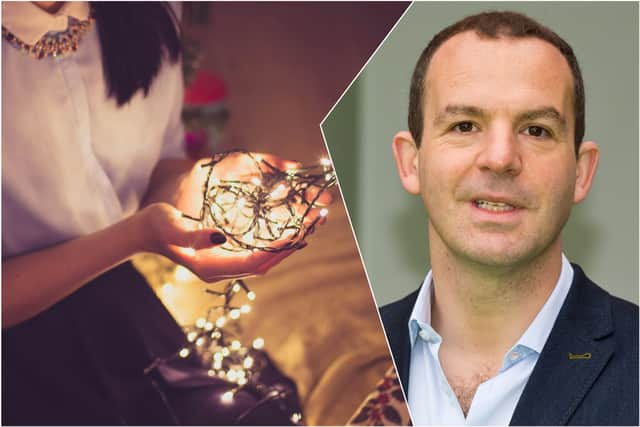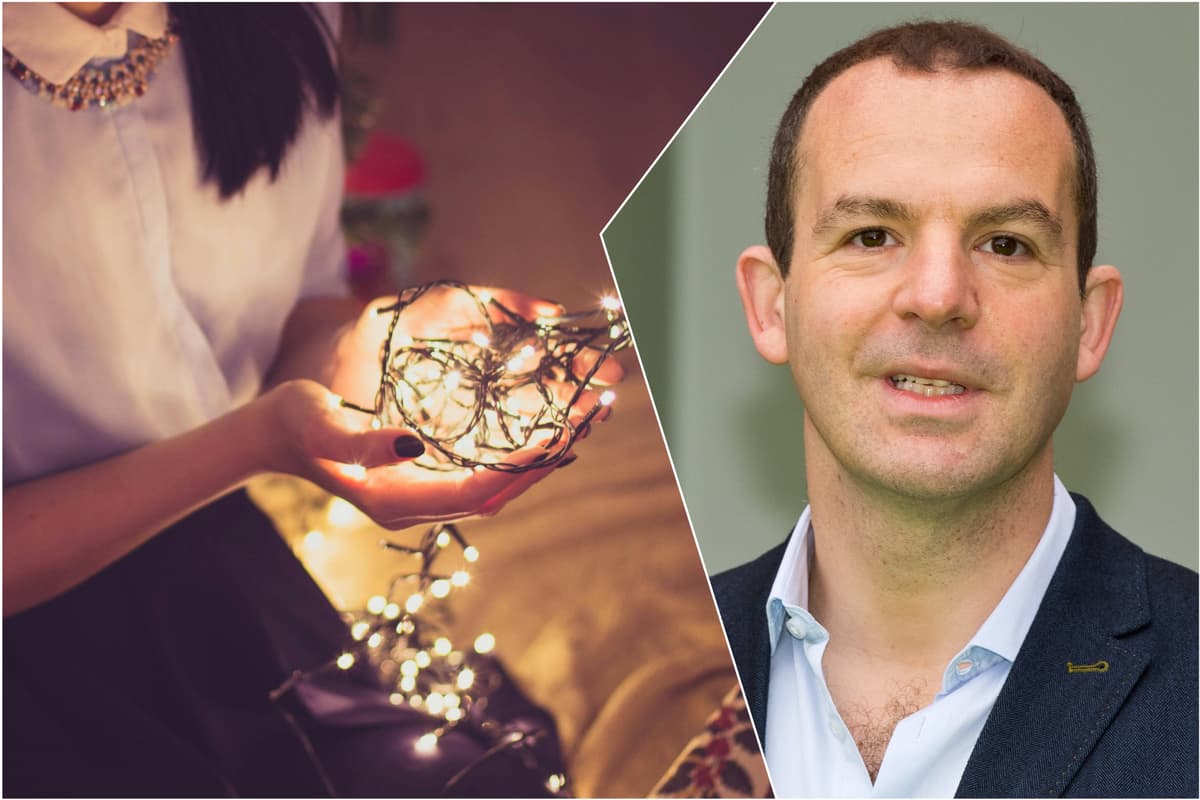Check out more of our videos on ShotsTV.com
and on Freeview 262 or Freely 565
Visit Shots! Now
If you're wondering how much your Christmas lights will cost, the savings expert has broken it down 💡
- Given the high energy prices, many are worried about being able to afford festive lighting
- The type of lights used makes a big difference in cost
- LED bulbs cost less than 1p per 12 hours per 100 bulbs, while incandescent bulbs cost 1p per hour
- Running 100 LED bulbs costs around 15p a month; Bulbs cost around £1.80
- LEDs are also up to 50 times longer lasting, saving money in the long run
Yes, Christmas is just around the corner and with energy prices still painfully high, many people are wondering whether they can afford to light up their homes this festive period.
It turns out that the type of lighting you have – LED or “traditional” incandescent – can make a big difference.
If reducing electricity costs is a priority for you, switching to LEDs is a no-brainer. They are cheaper to run, last up to 50 times longer and are far more energy efficient.
Incandescent bulbs are usually made of glass, become hot after being left on for long periods of time, and may have a visible filament inside. LED bulbs are usually made of plastic, are cool to the touch and are far more energy efficient.


This is how the costs are distributed between the two different types of light bulbs:
- LED lights: Running a row of 100 LED bulbs (using just three watts) costs less than 1p per hour – in fact, it's around 1p every 12 hours.
- Incandescent bulbs: A set of 100 light bulbs (40 watts) costs around 1p per hour, or 12p for every 12 hours.
For example, running a string of LED lights with 100 bulbs for six hours a day for a month would cost around 15p. The same use with incandescent bulbs would cost around £1.80. Of course, larger sets with more bulbs cost more.
A string of 100 LED lights can cost as little as £5, while larger outdoor options such as 20 meter string lights can cost £15 or more. LEDs also save you money over time, especially if you reuse them year after year.
However, if your budget is tight this Christmas, purchasing new LED lights may not be an option. In this case, you should think about how long you keep your light bulbs on instead of opting for replacements.
How to calculate the cost of your Christmas lights
If you have saved the packaging for your Christmas lights, check the wattage to get a better idea of the cost.
Once you have the wattage, multiply it by 24.5p (the current average price per kWh under the energy price cap).
Multiply this number by the number of hours you plan to use it, then divide the total by 1,000 (since there are 1,000 watts in a kilowatt).
What do you think about the cost of Christmas lights this year? Have you already switched to LED or are you sticking with your old light bulbs? Share your thoughts, tips or tricks for saving money in the comments section.
